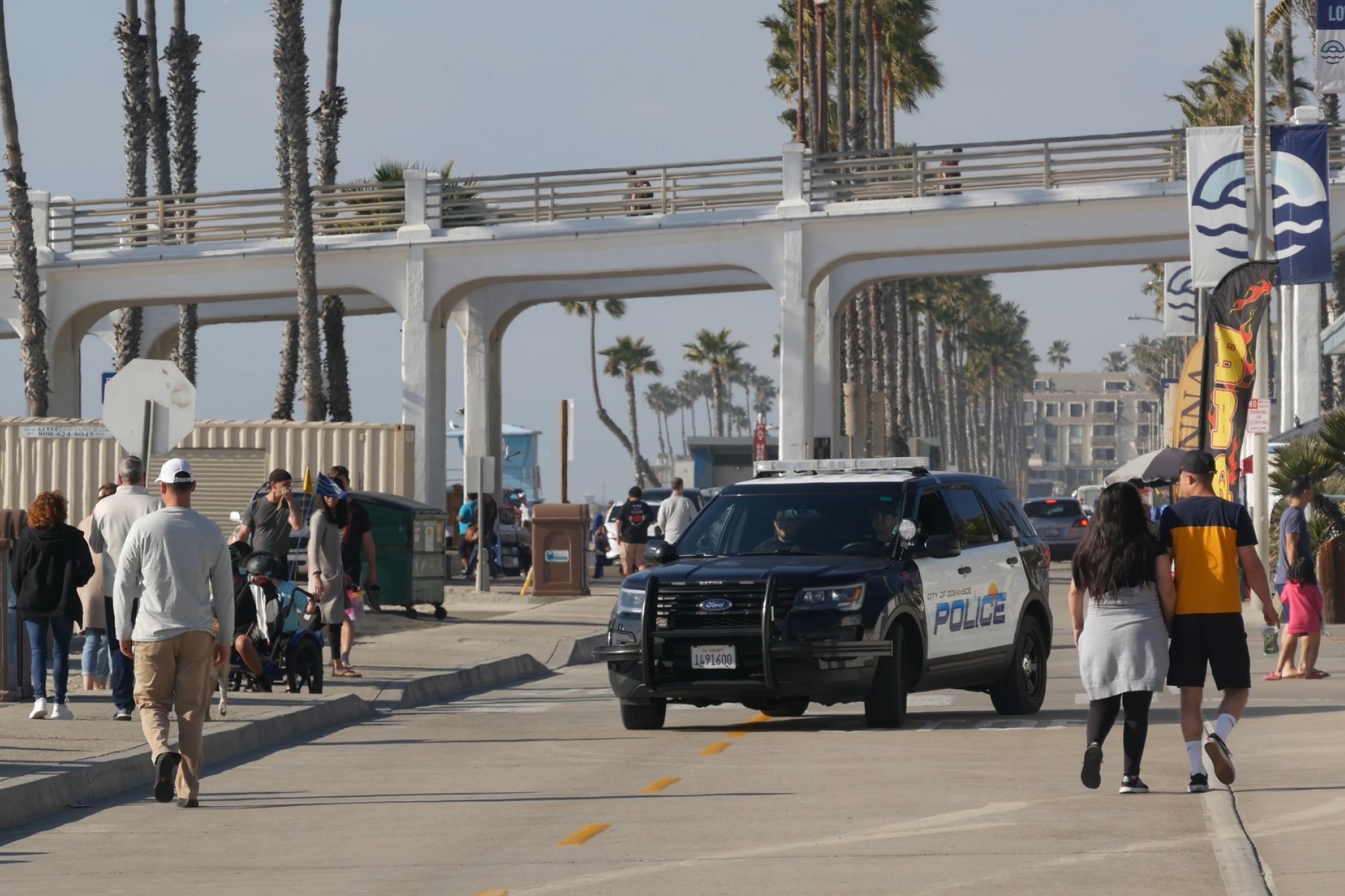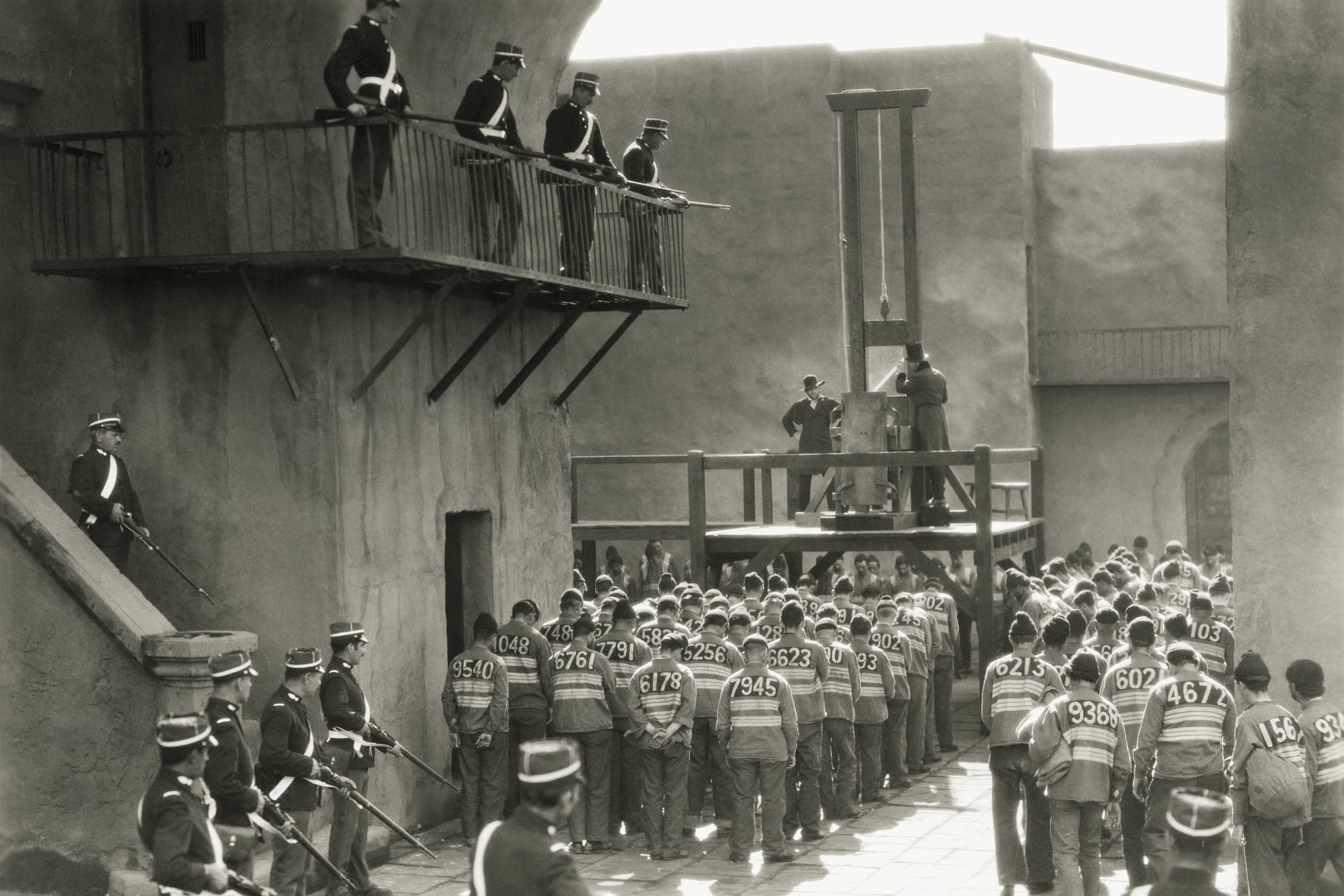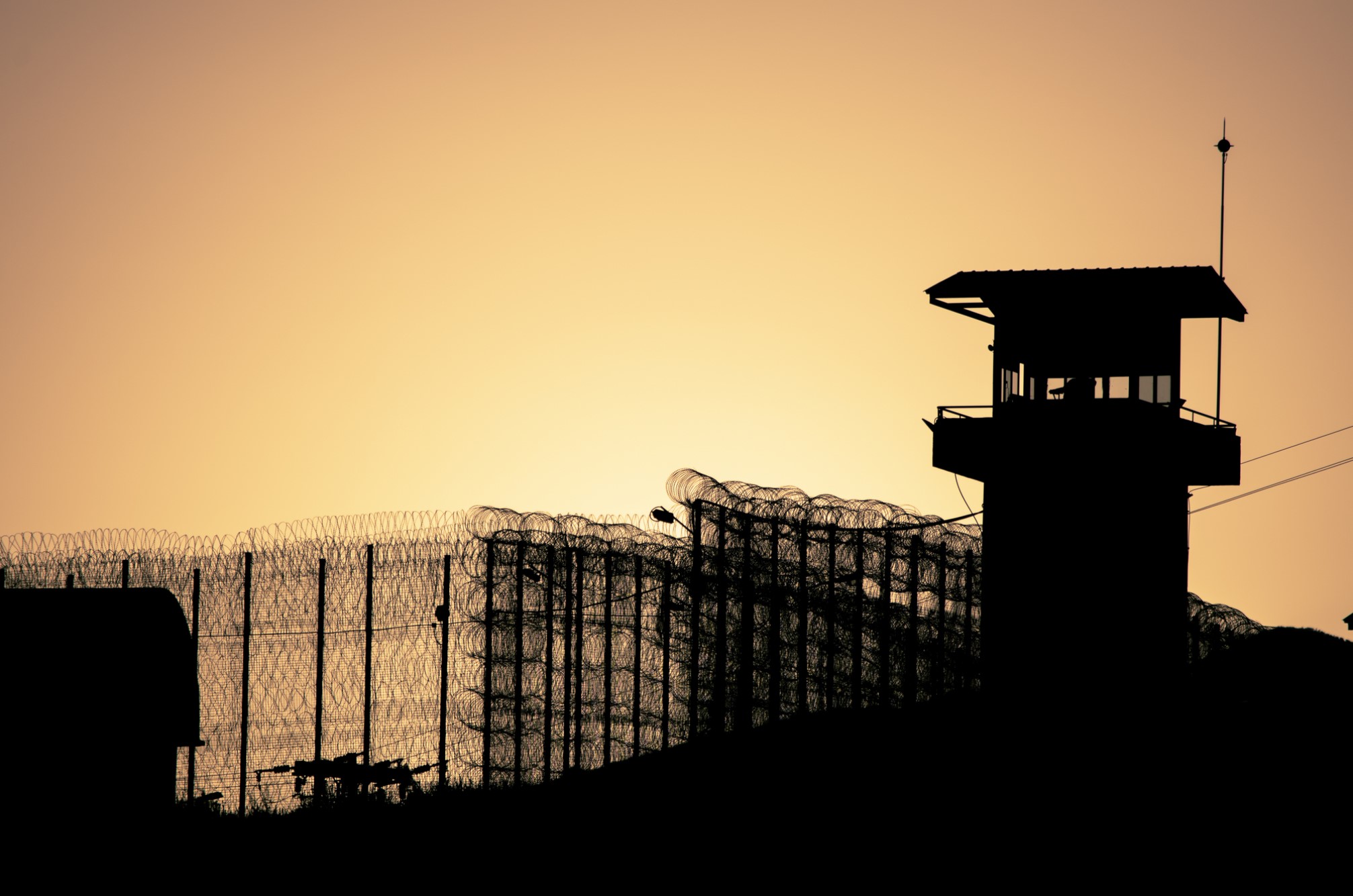Should You Watch Samuel Dubose Die?

The articles are everywhere. Headlined by an eye-catching, caps-locked “WATCH,” they offer the reader the opportunity to watch someone die. The person in this case is Samuel Dubose, a Cincinatti resident killed by a policeman at the University of Cincinatti, Ray Tensing. The video is powerful, offering a disturbing look into police brutality in America. Its role is also central in bringing Tensing to justice, as his arrest was paralleled by the prosecutor office’s release of the video. But should you watch the video – one that graphically captures the last minutes of Dubose’s life?
The question is not one that ends at the Dubose video. In wake of recent high-profile killings of unarmed black men by police, such as the cases of Eric Garner and Walter Scott, as well as cases like that of Sandra Bland, the violence depicted in the Dubose video is unfortunately all too familiar. These videos have inundated news and social media alike, with screenshots of the Walter Scott video even making it onto the cover of Time. Their proliferation has helped raise consciousness about the issue of police brutality and racism in America. However, in these videos, real people are being hurt and killed. As such, a number of ethical questions must be considered before deciding to watch them.
Foremost among these questions is the intent of the videos. There exist untold numbers of videos and pictures involving death online. Whether they are the Eric Garner and Samuel Dubose videos, propaganda released by groups like ISIS, educational videos about autopsies or violent images published on LiveLeak or 4chan, graphic violence and death can be found in many corners of the Internet. These media fill a variety of purposes; in some cases, they are educational, while others use them to negative ends (ISIS propaganda, for example) or simply to satisfy morbid curiosity.
However, the intent for videos like that of Samuel Dubose’s death is different. In many cases, such videos act as the most powerful and objective account of police brutality. In both the cases of Walter Scott and Samuel Dubose, the videos of the crimes quickly established grounds for arresting the perpetrators – a luxury tragically not seen in other killings, like that of Michael Brown in 2014. These videos are critical in bringing about justice, and making sure that the death of the victim was not in vain. Additionally, they also offer an educational role, allowing those who might otherwise deny police brutality clear-cut and graphic examples of it in action. In this regard, the death of Samuel Dubose is entirely different from a “gore thread” on 4chan or violent propaganda video from Syria. In its ability to bring about justice for the victim, videos like those of Samuel Dubose and Eric Garner depict violence for a positive end.
Despite their power for transformative justice, however, the human dimensions of these videos must also be taken into account. For the victims, such videos portray them at their most vulnerable, preserving their victimhood as a lingering impression of who they were. The victim’s names, themselves – Sandra Bland, Eric Garner, Walter Scott, Samuel Dubose – all immediately conjure graphic images of their deaths caught on camera. These names, and the crimes associated with them, should not be forgotten. However, nor can their experiences outside of the videos. These men were not just victims, they were people – people with diverse and complex lives, whose experiences should not simply be distilled down to their tragic deaths. As much as they provide means for justice, these videos do not necessarily capture that fact.
Remembering the human element of videos like Samuel Dubose’s is critical. The deaths in these videos should not be used as an outlet for morbid curiosity, nor solely as a call for justice. When viewing the videos, one must also remember the human life tragically extinguished in front of the camera’s lens. Watching them in a manner that pays respect to the humanity lost in these videos not only acknowledges the need for justice, but also works to avoid dehumanization of the victim. This duality is critical; in remembering who Samuel Dubose was as a person, the calls for justice in his death – and the unjust deaths of so many others – only grow stronger.




